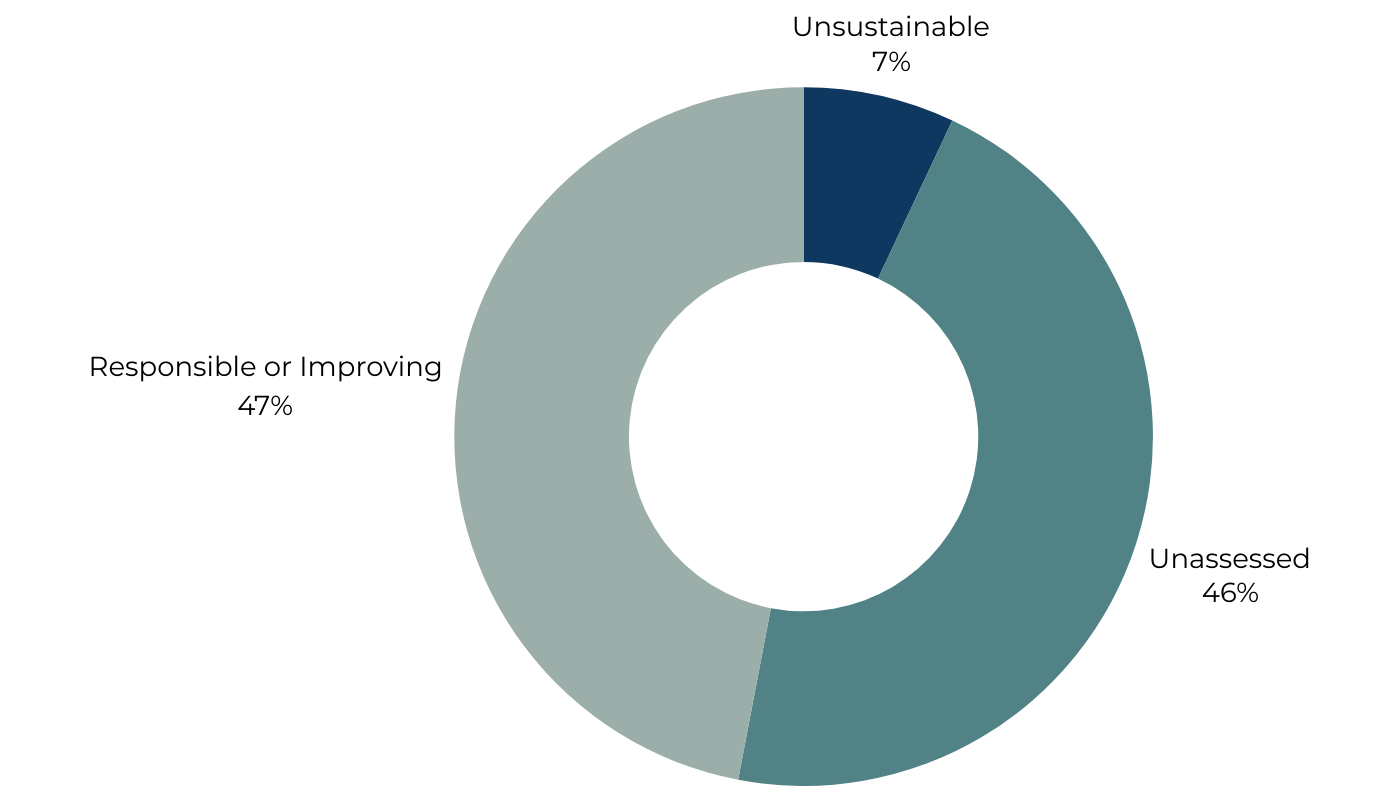The Alliance’s long-term goals help guide its work with the Global Hub to drive improvements in global commercial seafood production’s environmental and social performance. Progress against the goals supports businesses’ sustainability and responsibility efforts in the following ways:
- Responsible and improving seafood production will increase
- Worker productivity and retention will rise; reforming practices will help to address labor shortages
- Companies will make progress on diversity, equity, and inclusion (DEI) goals, including a better understanding of the role of women in seafood work
- There will be an increased recognition and loyalty of investors and consumers: both ends of the “buyer” chain
- The quality of governance will improve, making it harder for bad actors to do business
- Supply chain resilience will increase, including reduced vulnerability to shocks in the system (like pandemics)
- Transparency about company and supply chain practices will improve
2030 ENVIRONMENTAL RESPONSIBILITY GOAL
By 2030, at least 75% of global, commercial seafood production is environmentally responsible or making verifiable improvements.
PROGRESS
As of January 2024 **, 46.5% of global commercial seafood falls into the category of responsible or improving when measured with the Certification and Ratings Collaboration (CRC) Data Tool ***, this is an increase from 38% in 2023.
In addition, 7% is unsustainable and 46% is unassessed.
It is important to note that these numbers may change for various reasons such as the addition of new data sources, changes in the percentage of seafood produced, or improvements to production practices.

Responsible and Improving – Responsible and improving includes the CRC Data Tool categories of Monterey Bay Aquarium Seafood Watch program green and yellow rated seafood; Qingdao Marine Conservation Society green and yellow rated seafood; MCS ASC, FairTrade USA, BAP Farm Standard, and MSC certified seafood; and Fishery and Aquaculture Improvement Projects (FIPs and AIPs)
Unsustainable – Unsustainable production is rated red or ‘Avoid’ by Seafood Watch
Unassessed – Unassessed production includes seafood that is in assessment or does not fit in the other categories above
*The Alliance definition of social responsibility includes 1) human rights as outlined in the International Bill of Human Rights, 2) labor rights from the 8 ILO core labor conventions and ILO Work in Fishing Convention (C188), and 3) community development indicators (as outlined in the SRA).
**The CRC Data Tool, last updated in August 2023, is based on FAO and RFMO data.
***Learn more about the CRC Data Tool on their webpage. You may contact CRC through that portal with any feedback or questions.
2030 SOCIAL RESPONSIBILITY GOAL
By 2030, the seafood movement is 1) well-informed on social responsibility *, 2) partnering with and amplifying the work of human and labor rights leaders and other experts and, 3) implementing best practices.
The Alliance’s goals align with other global goals including the UN Sustainable Development Goals, the Ten Principles of the UN Global Compact, and the One Health Approach.
PROGRESS
We have a ways to go before our social responsibility goals are realized, however, we are making progress toward a more informed seafood movement and partnering and amplifying the work of human and labor rights leaders.
As of January 2023, we have:
- Held a Discussion Series beginning in March 2022 with human and labor rights experts and the Alliance Board to have open and honest conversations and share ideas for a path forward that is beneficial to both the human and labor rights groups and to the Alliance. In our time together, we have succeeded in surfacing tensions and themes and identifying possible next steps for co-creating future projects.
- Hosted discussions with social experts, including:
- Worker-Driven Social Responsibility: what the seafood movement can learn from best practice in other sectors with Coalition of Immokalee Workers, International Accord, and Worker-Driven Social Responsibility Network
- Social Audits: Shortcomings and Alternatives with Business & Human Rights Resource Centre and Issara Institute
- “If This Is Going To Change, It’s Going To Take All Of Us”: a conversation with the heroine, of the film, Ghost Fleet, Patima Tungpuchayakul
- Published the following thought pieces on the subject:
- Learnings and Reflections on Human and Labor Rights in Seafood from Alliance Executive Director
- Worker-Driven Human Rights Due Diligence as an Alternative to Social Audits
- Supporting Seafood Businesses in Protecting Human Rights: New Tools from the Global Hub that Work Together
- Statement by Alliance Executive Director on the FisheryProgress Human Rights and Social Responsibility
- Upholding the Rights of Seafood Workers in COVID-19
Explore the Our Work page on our website to learn more about the projects underway that help the Alliance drive toward the goals.

